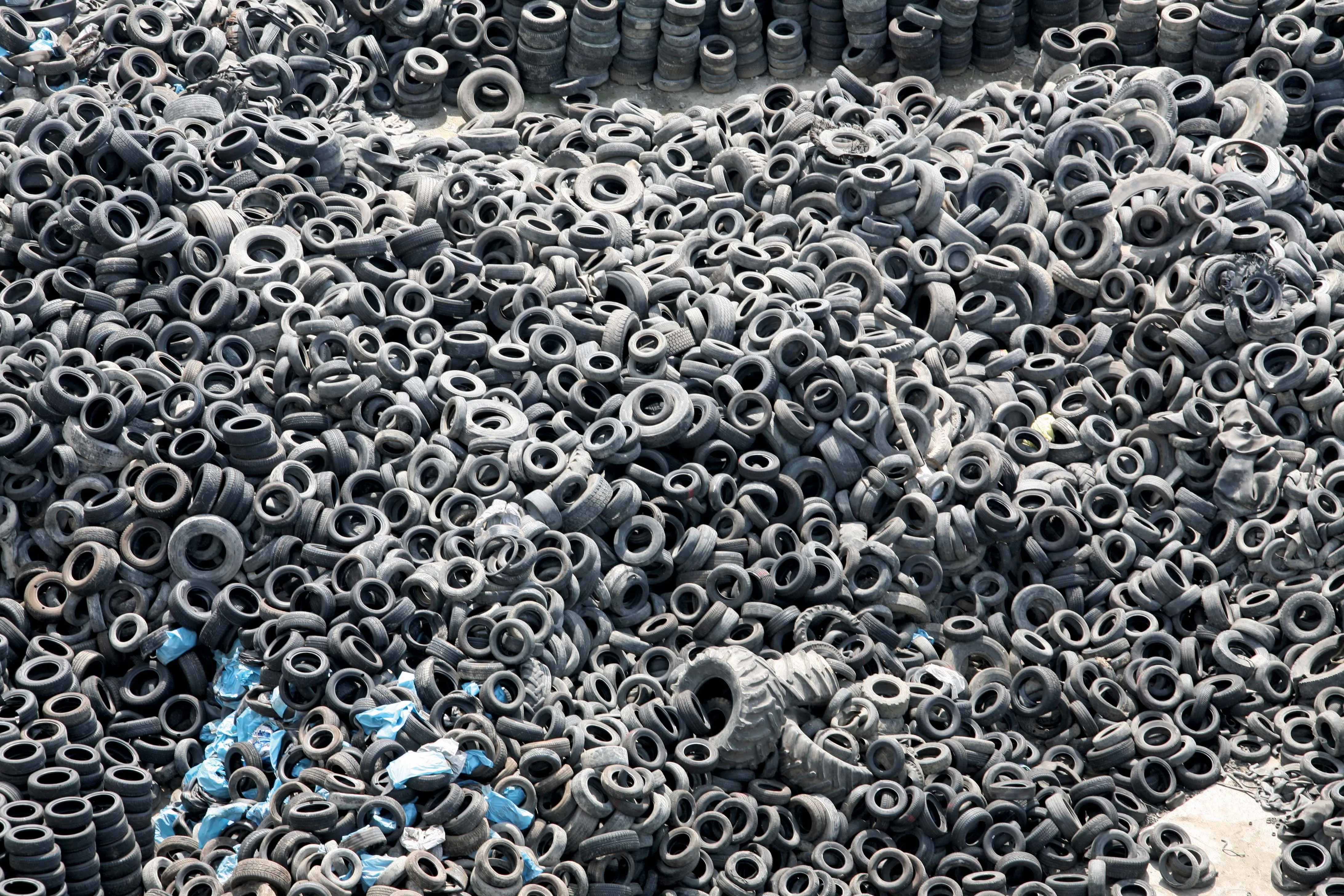Hitex surfacings have been developed for export markets and have approval for use in different territories. The firm is now exporting the products for use in South East Asia and Latin America and has contracts to use the materials for repairs on a busy highway in India.
The Hitex products are suitable for permanent repairs and use recycled materials, with applications including use on wider joints and cracks as a preventative treatment method. A spokesperson for the firm said, “We try to get councils to
June 24, 2014
Read time: 2 mins

The Hitex products are suitable for permanent repairs and use recycled materials, with applications including use on wider joints and cracks as a preventative treatment method. A spokesperson for the firm said, “We try to get councils to use them to repair cracks before potholes develop.”
As the Hitex products use recycled materials, this helps lower their environmental profile and also cuts waste and landfill costs. Another important feature is that the Hitex products are designed to maximise grip, a key issue that will help boost safety and particularly for vulnerable road users such as cyclists and motorcyclists.
The Texband OB one pass system from the firm is a screen applied overband sealant that can be laid in widths of up to 40mm. This uses a plasticised rosin ester blended with fibre reinforced bitumen as well as polymers and quality basalt aggregate. This can be used to repair cracks up to 15mm wide even on stressed surfaces such as roundabouts or bends and offers a high skid resistance. It is designed to cure quickly and as soon as it has been laid, is ready for having road markings laid on top. Texband OB is made from an industry by-product, which further improves its environmental profile. The product is supplied as a dry mix in 1tonne pallets, with spread rates varying according to the road surface texture and crack width.
The Texband product meanwhile is a screed applied, two part banding system that features a plasticised rosin ester blended with thermoplastic rubber and acetate co-polymer and incorporates a high PSV basalt aggregate.
This can be used to repair cracks and faults in asphalt surfaces that are up to 40mm wide and offers rapid curing and high skid resistance, while it can also be used all year round.
The company continues to develop its range, with high friction material for use on cycle paths currently under development.









